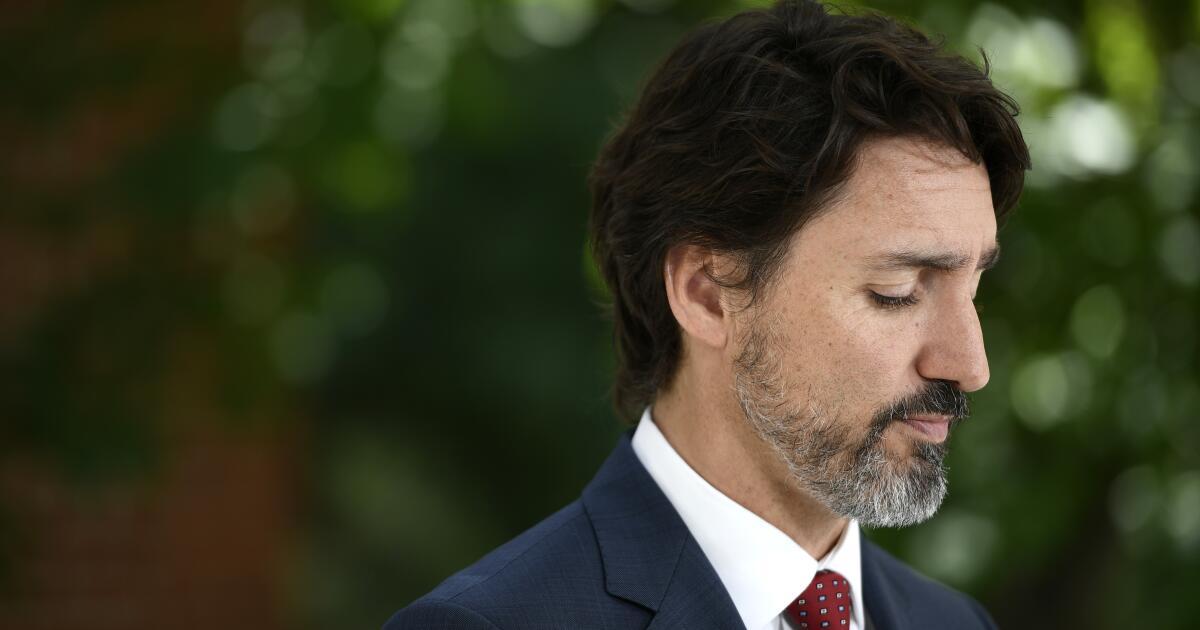Sports
Women’s sports are more popular than ever, but study of female physiology is still catching up | CBC News

When it comes to the study of sports, a man’s body has long been considered the default. But a new resource aims to change that.
The Institut national du sport du Québec has published a new resource that focuses on the physiology, or study of how the body works, of female athletes. It hopes the resource will improve the experience of women in sport.
It was created in collaboration with sports advocacy group Égale Action. Sylvie Béliveau, the group’s director of gender equity, says the document is the first of its kind in the province.
It’s designed to help coaches, parents and athletes better understand the particular physiological challenges women face when competing.
“All coach education programs that I was attending, it was neutral in terms of the information that was provided but based on men’s physiology,” Béliveau said.
Béliveau says as a coach she spent hours translating data collected about men into something that women can use. It was that struggle that led her to spearhead the publication of this new resource.
“Growth and maturation is not happening at the same [rate] as boys. Because we often compare [boys and girls] and that’s the problem. So if I’m the coach of a girl, I need to understand what happens at 10, 11, 12.”
The 30-page brochure covers topics such as puberty, the menstrual cycle, pregnancy and contraception. It also has a section for transgender athletes.
Béliveau says studies by Égale Action have shown that girls quit playing sports around puberty at much higher rate than boys, a phenomenon she calls “leaving in silence,” because they don’t give a reason.
She believes part of the reason why is a gap in understanding about women’s physiology.
Working to catch up on women’s sport research
François Bieuzen, the director of sports sciences at the institute, says it has been working on creating this resource for about three years.
He says women-specific sports science research has only started to be taken seriously around the world in the last decade. He points to parts of the United States, Norway and France as leaders on the subject and adds that Canada and Quebec are now on board.
“There is a lot of things to do, to inform, to educate,” he said.
Bieuzen says the brochure is as much for athletes as it is for coaches.

“[Many women] don’t know exactly how their physiology is,” said Bieuzen. “So if they can learn more about that, be more confident about that and share that with confidence with coaches and other athletes and physicians and so on, it could be a great step forward.”
Former Olympic skier Maxime Dufour-Lapointe, who is now a family doctor in residence, was brought in by the institute to be an ambassador for the brochure.
“It always takes a bit of time for science to catch up to what we’ve already figured out on the field. So this is actually really major,” she said.
“Some coaches were already attuned with this, but not the majority. And the whole goal of this is yes, performances, but it’s also about building athletes as a person.”
The brochure is available for free on the INS website. For now it is only available in French.










